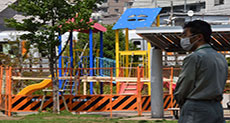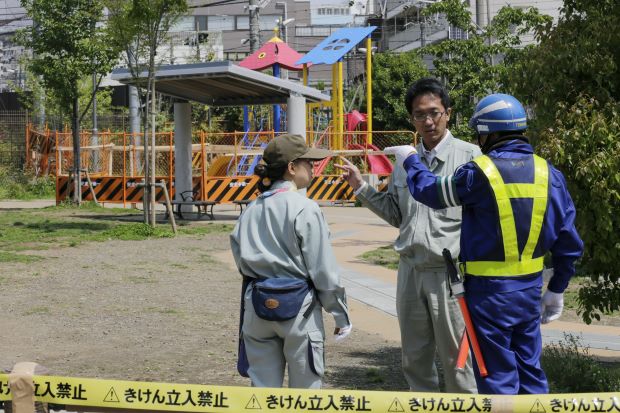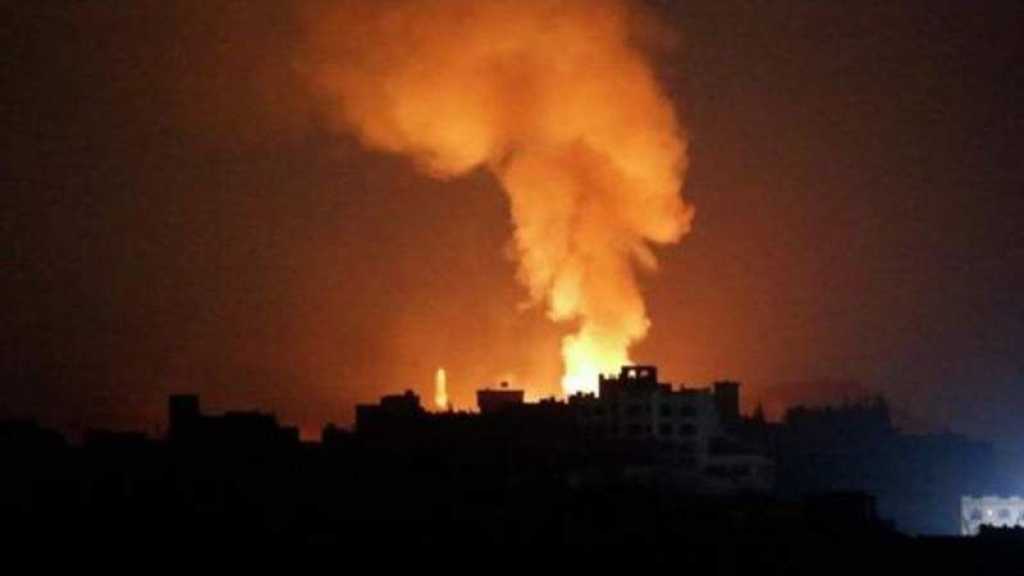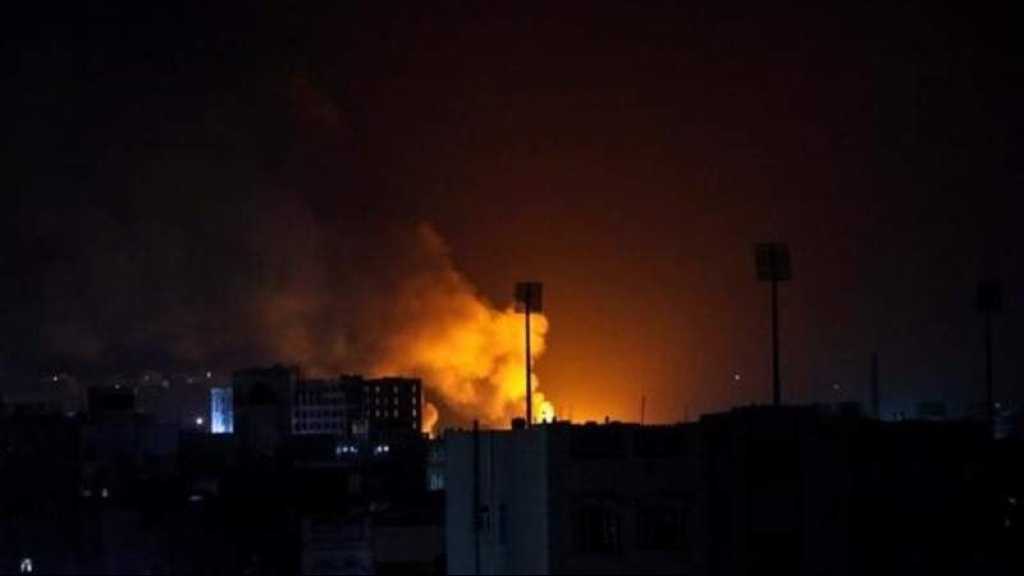Tokyo Park Closed After Rocketing Radiation Levels Found

Local Editor
Extremely high levels of radiation had been discovered in a playground in Tokyo, officials said, fanning fears for the health of children in the area.

Soil underneath a slide at the park in the northwest of the Japanese capital showed radiation readings of up to 480 micro-Sieverts per hour, the local administrative office said.
Anyone directly exposed to this level would absorb in two hours the maximum dose of radiation Japan recommends in a year.
Furthermore, the radiation level was over 2,000 times that at which the national government requires soil cleaning in areas around the Fukushima Daiichi nuclear plant, where reactors melted down after the March 2011 tsunami.
That standard, however, was for measurements taken at 0.5 to 1.0 meters [20 to 40 inches] above ground, while officials in Tokyo's Toshima ward checked the ground itself.
Moreover, officials were made aware of the contamination after a local resident reported it on Monday and said they do not think it was connected to the disaster at Fukushima.
"Because the area in which we detect radioactivity is very limited, and readings in surrounding parts are normal, we suspect radioactive materials of some kind are buried there," local mayor Yukio Takano said in a statement.
The park was built in 2013, two years after the Fukushima nuclear crisis, a local official declared, on what was previously a parking lot for Tokyo's sanitation department.
Though, top soil at the lot was replaced before the land was turned into a park, said the Toshima official.
Hence, the park had been sealed, and Toshima ward was discussing with experts how to approach the problem, she added.
However, many families in eastern Japan continued to survey the levels of radioactive contamination around their houses, distrustful of government assurances that most places were not affected by the Fukushima meltdown.
Accordingly, such efforts have led some people to discover radioactive materials that had been dumped in their neighborhoods.
Months after the Fukushima crisis started in 2011, officials found bottles of radium, used for medical tools and a glow-in-the-dark paint for watches, discarded under a private house and a supermarket in Tokyo.
Henceforth, the play park incident came days after a small drone showing traces of radioactivity was found on the roof of the prime minister's official residence.
Source: News Agencies, Edited by website team




